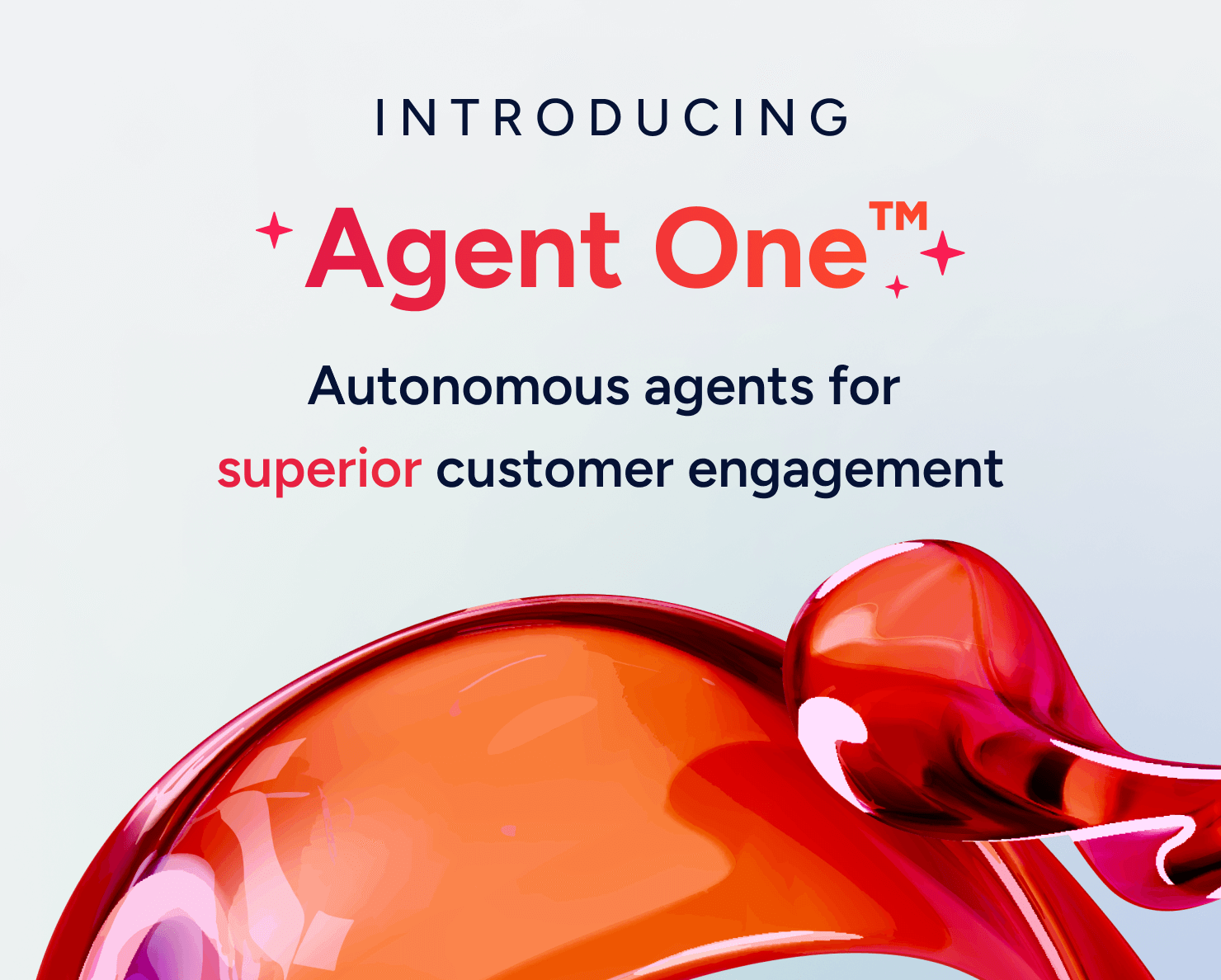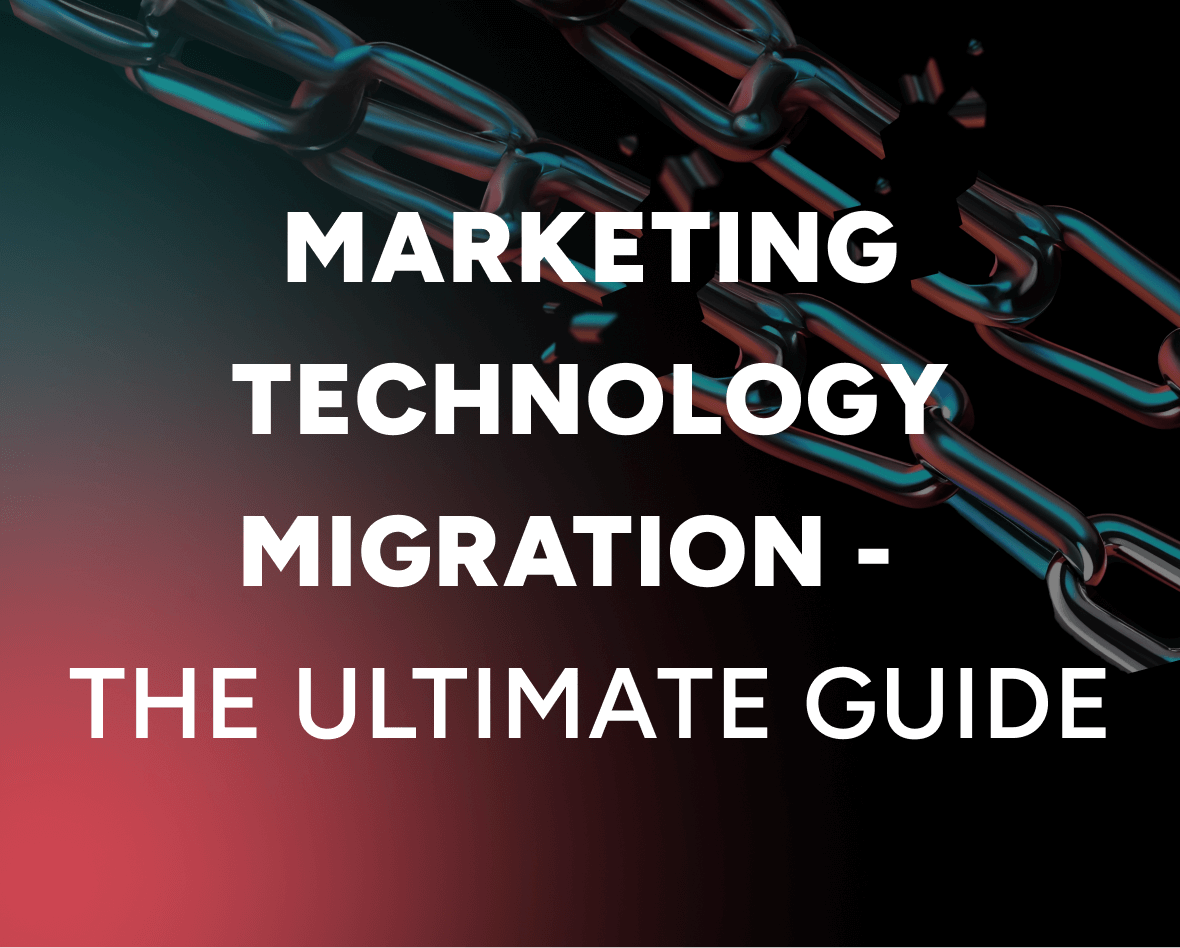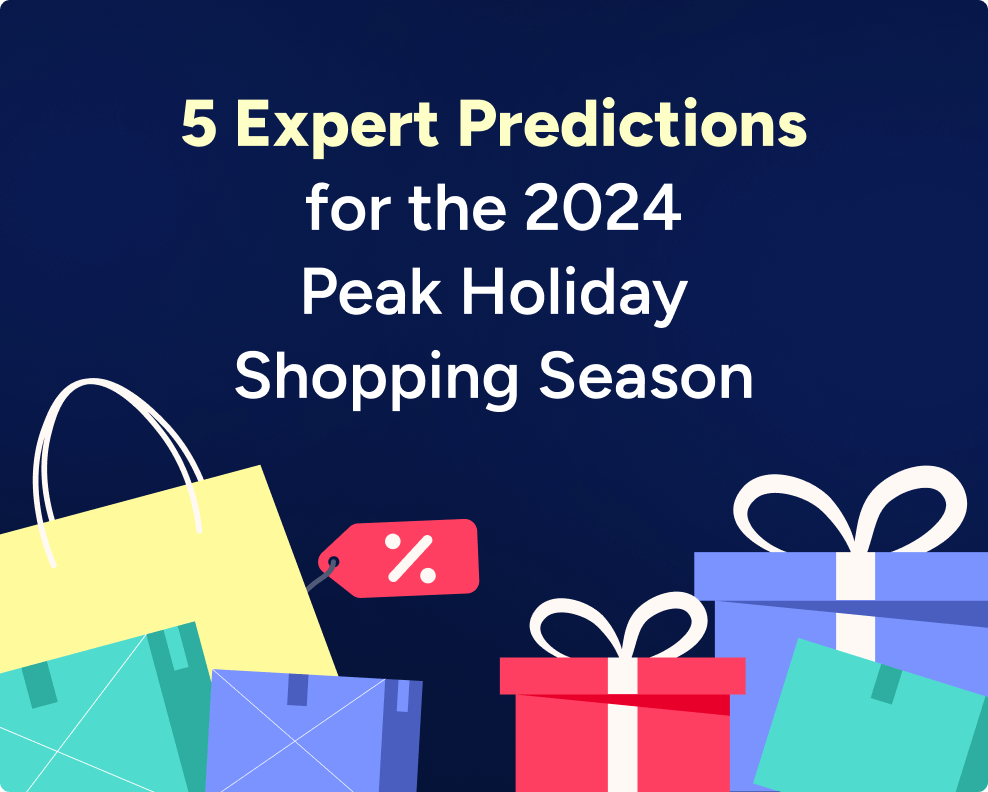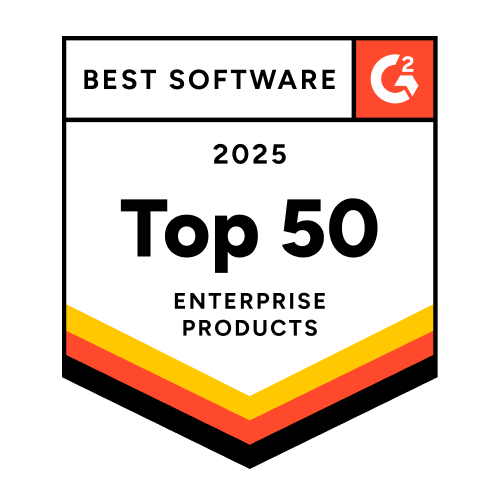Holiday season profit strategies playbook: 10 strategies for maximizing revenue in a short holiday season
This year’s holiday shopping season is shorter than it’s been in half a decade—with only 27 days between Thanksgiving and Christmas.
Updated on 26 Sep 2025
This compressed timeframe cranks up the heat, pushing marketers to optimize their holiday season profit strategies, amplify brand visibility, enhance customer engagement, and deliver results swiftly. However, with more urgency comes more noise, which can overwhelm consumers. The abundance of choices, coupled with heightened promotional activity, can lead to frustration as shoppers navigate a crowded and competitive marketplace. Balancing this pressure with a clear, value-driven approach is key to cutting through the clutter and delivering a seamless experience for consumers.
If you’re scrambling for ideas to prepare your marketing teams for success during this peak holiday season, you’ve come to the right place.
Drawing on a decade of experience across 15 industries and backed by deep data insights from over 12 holiday seasons, the team here at Insider has crafted a list of top holiday season profit strategies to help you drive maximum revenue during these 27 days.
We power peak season strategies for over 1,200 of the world’s biggest brands and retailers, including one-third of the Fortune 500. If you’re looking for inspiration from a partner who not only talks the talk but walks the walk, you’re in the right place.
Here are the ultimate profit-boosting strategies to help you drive maximum revenue and growth this season, and boost your bottom line. Let’s go…
1. Create a sense of exclusivity to capitalize on early shoppers
While the peak holiday shopping season is shorter this year, there’s good news. At least 27% of US and UK consumers plan to start their holiday shopping during the spooky season in October. With rising inflation, many shoppers are looking to spread out the cost of holiday purchases over a longer period, making October an attractive time to start taking advantage of early deals and promotions.
One way to capture (and keep) the attention of these eager holiday shoppers is to create exclusive offers (only for early birds) that reward them for engaging within your marketing channels. You could, for example, give offers to those who have downloaded your app and make those offers exclusive to the app.
To prepare for peak holiday season revenue growth, urge users to download your app now. Then, send exclusive in-app holiday offers each day (12 days of Christmas in-app promo, anyone?).
2. Personalize experiences for anonymous visitors
If someone you’ve never met walks into your brick-and-mortar store, you can get to know them by capturing qualitative data. For example, as a sales associate, you would ask them what they like, what they’re looking for, and how you can help meet their needs.
With this information, you start making product recommendations, finding the right sizes, and introducing them to deals you know they’ll love.
Good news! You can do the same thing for anonymous website visitors—even though you can’t see them. With the right tools, it’s easy to track things like what they are browsing, how they found your website, what they’ve added to their cart, and how long they spend on each page.
Then, you can use this information to make their shopping experience a personal one. Their activity on your shopping channels will automatically trigger personalized product recommendations, push notifications, and even special offers dynamically designed to meet their specific needs and interests.
This personalization is a vital part of holiday season revenue growth.
3. Maximize holiday revenue by turning one-time buyers into big spenders with smart upselling strategies
It doesn’t really matter how many days are between Thanksgiving and Christmas if you can get one-time buyers to purchase more than they intended.
Extra revenue is extra revenue. No matter when, where, or how you capture it.
So, when a customer encounters your holiday promotions and ends up on your sales channels, here’s what you want them to see to encourage them to add more to their cart:
- Relevant product recommendations. Automatically suggest complementary products based on what the customer is browsing or has already added to their cart. If they’re buying shoes, it follows that they might need socks, too.
- Holiday bundles. Create exclusive holiday bundles that combine multiple products at a discounted rate. Get creative with your holiday bundles and consider making them attractive gifting options for that added oomph!
- Progress bars. Show progress bars that track how close customers are to unlocking exclusive gifts or discounts as they add more items to their cart. This gamifies the shopping experience, motivating customers to reach the next reward level.
Make your website the virtual equivalent of how you would upsell at a brick-and-mortar store during the holidays. Suggest complementary products like an in-store associate would do, highlight fun holiday promotional bundles, and offer promotions for higher average cart values.
4. Seamlessly transition social media engagement into conversions
Think of the last time you were in a room filled with people. Chances are a healthy percentage of people were browsing social media. Some were maybe on Facebook. Others on Instagram, TikTok, or WhatsApp.
Think otherwise? Stats show the average social media user spends at least 2.5 hours on social media every day, and they’re not just there for entertainment or to connect with friends. One-third of shoppers use social media for product discovery.
Smart marketers this holiday season will focus on driving those social media scrollers to direct messages for continued engagement.
For example, let’s say your audience is highly active on Instagram. You can create engaging Instagram ads that drive users to direct messages or WhatsApp.

From here, continue the conversation by offering personalized product recommendations, answering specific questions, or providing exclusive discounts.
Along the same lines, consider launching Facebook ads that push users to WhatsApp. Once they opt-in to WhatsApp messages, you can send deals, reminders, recommendations, and more. Here’s an example of a WhatsApp promotion from Posh.

5. Increase FOMO and a sense of urgency
FOMO (fear of missing out) might not be recognized as an official condition, but that doesn’t mean the sentiment behind it isn’t deeply rooted in buyer psychology.
Creating a sense of urgency around buying your products prompts quicker purchasing decisions and helps boost your holiday season revenue growth.
Here are some other age-old psychological triggers that subtly communicate the “buy before it’s too late” message:
- Add a countdown timer to your landing pages and promotional emails. When the timer runs out, so does the opportunity to get a discount.
- Send stock update notifications. If consumers are on the fence about when to make a purchase, a “we’re almost out of stock” update may be just what they need to take the plunge.
- Encourage holiday wishlist add-ons early. When your holiday sale begins, send personalized reminders highlighting the items with limited-time discounts.
Mastering the art of urgency is key to driving holiday sales. By tapping into FOMO and using strategic psychological triggers, you can prompt customers to make faster purchasing decisions, ensuring they don’t miss out—and you get those crucial sales.
6. Enhance user experience by simplifying product discovery
With more consumers relying on mobile shopping each year, the average shopper engages with six channels before converting. So you need to think about improving mobile discovery for your customers. It’s easy for online shoppers to get overwhelmed and struggle to find exactly what they’re looking for—especially if you have hundreds or thousands of products. So how can you help shoppers discover the right products for them in the fewest clicks?
Thankfully, there are a couple of solutions to streamline the shopping experience and show customers products that will pique their interest.
The first is InStory.
InStory works by blending data-driven and AI-powered recommendations with immersive, full-screen story formats (that resemble social media stories) to show shoppers the right products at the right time. You can even personalize the experience for anonymous shoppers by showing them best-sellers, trending categories, or gift guides.
MAC Cosmetics—a brand with thousands of products—is the perfect success story. MAC used InStory to create engaging, Instagram-like experiences on their mobile site, showcasing best-selling and trending products in a captivating, full-screen format.

This approach made product discovery more immersive and drove significant results, including a 123.5% increase in mobile conversion rates, a 7.28% rise in average order value, and a 29% click-through rate as soon as they started using InStory. These results are a testament to the power of holiday season profit strategies.
The next capability is Eureka. Eureka recommends products proactively by analyzing customers’ browsing history, preferences, and market trends. It enhances your website’s search functionality to help customers find what they’re looking for quickly and effortlessly, demonstrating a deep understanding of their needs and preferences.

With Eureka, you can set up advanced faceting filters that allow users to refine search results based on key product attributes like price, category, brand, and rating.
Customers that use Eureka see 3x higher conversion rates, 2.6x increase in AOV and a 30% decrease in bounce rates.
7. Recover potential lost sales by re-engaging abandoners
Once someone clicks away from your site without making a purchase, it might seem like they’re gone for good.
But that’s not the case if you’ve captured their email address, phone number, or connected with them through your app or another messaging app.
Here are some strategic ways to re-engage those potential customers who weren’t ready to purchase before and could use a gentle nudge:
- Send price alerts for previously viewed products. Tell customers when the price drops on items they’ve shown interest in. This can reignite their desire to buy and give them the discount they’ve been waiting for to finally make the purchase.
- Notify users when out-of-stock items are back. Inform customers as soon as the products they want are back in stock. This keeps them engaged and ready to purchase without having to search for alternatives.
- Implement browse/cart abandonment emails to encourage completion. Remind customers of the items they left behind in their cart or viewed on your site.
If you’ve tried all of these and they still haven’t made the purchase, consider sweetening the deal. For example, sending a push notification to cart abandoners, but adding a freebie such as free delivery.

Other motivators to finish the purchase could include discount codes, early access to a future sale, or a free gift with the purchase.
8. Build trust post-purchase
Retailers can build post-purchase trust by sending personalized purchase confirmations via email, SMS or WhatsApp, including order details and timely updates. Clear communication, such as thank-you messages and easy access to customer support, enhances customer experience.

Sharing product care tips and follow-up surveys shows customers their opinions are valued. To strengthen the relationship, consider offering loyalty rewards or discounts for future purchases. Don’t limit follow-ups to just email—using SMS and WhatsApp for updates and personalized messages helps retailers stay connected and build long-term trust.
9. Gamify email and SMS collection
During the peak shopping season, capturing and engaging potential leads can be tough amid the surge of promotions and customer activity. Without strong lead collection strategies, you risk missing valuable opportunities to convert interested shoppers into buyers.

Adding a “Wheel of Fortune” to your site can help by offering exclusive discounts or giveaway entries in exchange for contact information. This not only captures leads but also creates excitement and boosts engagement during the busiest time of the year.
10. Make conversions easy
As the holiday season approaches, WhatsApp offers a practical way to streamline the shopping experience for your customers. It allows them to discover products, browse catalogs, add items to their cart, and complete purchases—all without leaving the app.

By integrating two-way conversational messaging, you can offer personalized support and a seamless buying journey that keeps pace with the busy season’s demands, helping to drive engagement and sales efficiently.
Prepare yourself further for the 2024 holiday season revenue growth
The upcoming holiday season, though short, is poised to bring in the most retail and ecommerce sales this year. More concretely, retail sales are projected to increase by 4.8% YoY to hit $1.353 trillion—and ecommerce will grow almost twice as much.
It’s not too late to capture a healthy portion of those holiday sales. In this article, we’ve already covered ten strategic ways to maximize revenue with holiday season profit strategies. But, we also have an eBook “Peak Holiday Season Power Plays” if you’re feeling extra festive and want to maximize the opportunities for the 2024 peak holiday season. Cheers!
Holiday season profit strategy FAQs
Focus on creating a sense of urgency and exclusivity to make the most of a shorter holiday shopping season. Start by crafting seasonal marketing strategies that reward early shoppers with exclusive offers, like app-only discounts or limited-time bundles.
You can maximize holiday revenue with a multi-faceted holiday marketing plan. Start by enhancing the user experience with personalized product recommendations and gamified shopping incentives. Leverage data-driven holiday marketing to seamlessly transition social media interactions into conversions, and don’t forget to re-engage customers who abandon their carts with enticing offers like price drops or free shipping. These ecommerce holiday tactics will help you optimize your sales during the festive season.
The holiday season between Thanksgiving and Christmas is the biggest revenue generator for retailers, with Christmas leading the charge. This period is a goldmine for retail revenue strategies, as consumers are in full gift-buying mode, eager to take advantage of holiday promotions and discounts. By implementing revenue-boosting holiday tips and a robust holiday sales optimization plan, you can capture a significant share of this seasonal spending and drive substantial growth for your business.



















